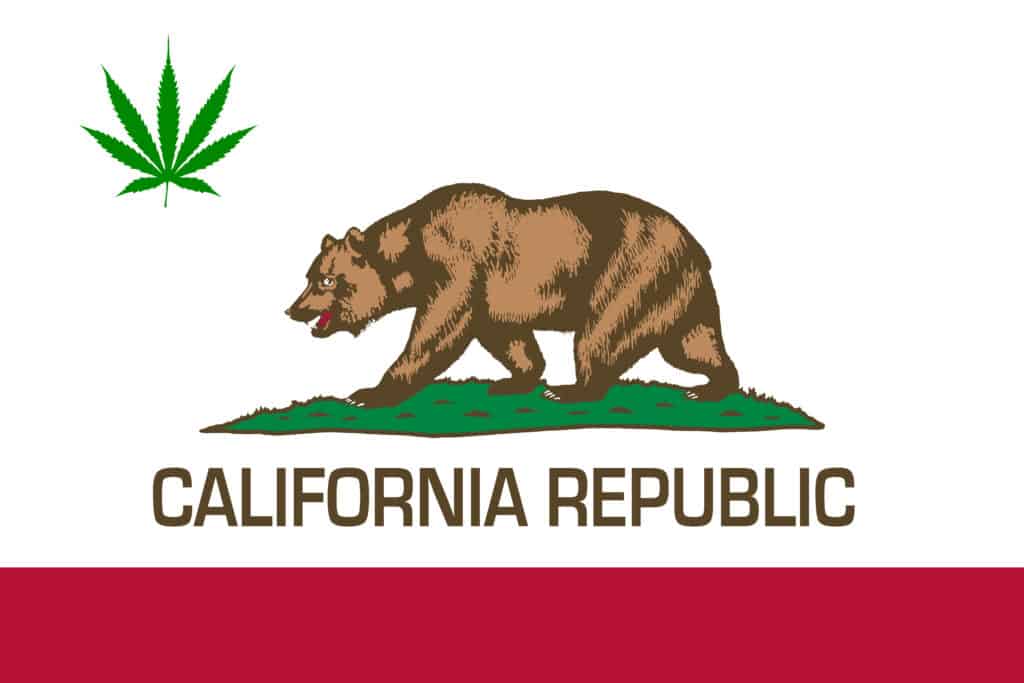Looking past the various colors and styles we see in cannabis packaging is easy; most cannabis consumers are more interested in cannabinoid content. But for California’s cannabis brands and retailers, packaging is yet another complex industry hurdle.
2015’s Assembly Bill 266 established packaging requirements for cannabis flower and edibles in the Golden State. This bill demands tamper-evident packaging and a unique identifier. The CA Bureau of Cannabis Control (BCC) enforces these packaging laws with fines and the threat of business license revocation.
Cannabis packaging restrictions continue to change as the industry expands. In 2018, the BCC tightened the rules, stating:
- Retailers were banned from accepting cannabis products that weren’t appropriately packaged and labeled.
- Retailers were prohibited from packaging or labeling cannabis products, even if they arrived in their inventory prior to July 1, 2018.
- Medicinal cannabis goods must have a sticker stating, “FOR MEDICAL USE ONLY” upon being sold to a qualified medicinal consumer (unless this statement was already printed on the package).
- Retailers could not send cannabis goods to other licensees for packaging or labeling. If the goods in possession didn’t meet the requirements, they would need to be destroyed.
- All cannabis goods had to be in child-resistant packaging before being delivered to a retailer. Exit packaging would no longer satisfy child-resistant packaging demands.
By 2019, the California Department of Public Health released a statement to restrict cannabis packaging further. This included a Packaging Checklist, Labeling Checklist for Cannabis, Labeling Checklist for Cannabis Products, and Packaging and Labeling FAQs. Under the current regulations, cannabis packaging must be childproof, resealable, and (in the case of edibles) opaque. Predictably, it can’t mimic packaging used for non-cannabis food products or packaging that would seem to market to children.
Bridget May of Green Bee Botanicals in California told MJ Brand Insights about her experience with the state’s evolving packaging restrictions.
“When I launched in 2015, I was working in San Francisco under local cottage laws, which made it legal for me to manufacture in my own kitchen,” May explained. “When cannabis became legal in California, I had to stop everything and find a licensed space to manufacture–no easy task–as well as create all-new packaging and labels and find a distributor.”
The new restrictions posed marketing challenges for May and her team.
“When our labels changed, we were no longer able to use the word ‘organic’ anywhere on the package, even when talking about certified organic ingredients that we paid top dollar for,” she said. After some brainstorming, Green Bee Botanicals discovered a simple but effective go-around.
“Our solution to that was to add an asterisk in our ingredient list next to each organic ingredient and say, ‘*find out more about our virtuous ingredients at our website,’” May explained. Unlike the highly-restricted cannabis packaging, their website permits them to talk openly about their ingredients.
To further complicate the situation, Cali’s cannabis sector is impacted by restrictions that predate the state’s medical laws. Proposition 65, officially known as the Safe Drinking Water and Toxic Enforcement Act of 1986, impacts cannabis packaging.
“This regulation [Proposition 65] says that if there’s any of the terpene myrcene, which is naturally occurring in mangoes and lemongrass, as well as cannabis, we have to add a warning,” May explained. “Myrcene has been shown to cause cancer in laboratory rats when given very large quantities, but using our products is about as dangerous as eating a mango–and there are no warnings on mangos.”
May’s challenges go beyond labeling restrictions.
“We want our packaging to look beautiful and be environmentally friendly and still comply with California’s strict regulations,” May said. “Most containers available look like prescription bottles–not a good look for ‘affordable luxury.’ We finally found a child-resistant box we love, but there’s still a lot of extra cardboard and paper.”
One major sector of the industry has it a bit easier; packaging restrictions are less stringent for hemp-derived products. Founder and CEO at BLUNT Skincare, Stas Chirkov, weighed in on his company’s experience during a conversation with MJ Brand Insights.
“We operate nationwide and have not experienced the same level of packaging restrictions as marijuana-related products,” Chirkov explained. “We follow guidelines from the FDA, as well as the other cosmetic labeling good practices for hemp-derived products.”
CBD products must acknowledge the difference between each hemp-derived ingredient used in the product. Clear labeling with the dosage and type of CBD used are also essential for the packaging.
“It has actually been very slow in terms of changes and directions on what needs to be added to the product labels,” Chirkov said. “BLUNT Skincare’s commitment to transparency has helped us to develop the packaging labels, each specifying the ingredients and the dosage of the cannabinoids.”
Chirkov’s comment about transparency highlights a silver lining: California’s stringent regulations mean that dispensary shoppers can rest assured that the products they’re buying are likely safer than many of the items you can buy at a drugstore. In May’s words: “By definition every product on a regulated cannabis retail shelf, including skincare, is ‘clean’ because of the rigorous testing required. Cannabis skincare products sold in dispensaries come with proof (not just claims) that they’re free of toxins and that what’s on the label is actually in the product.”




